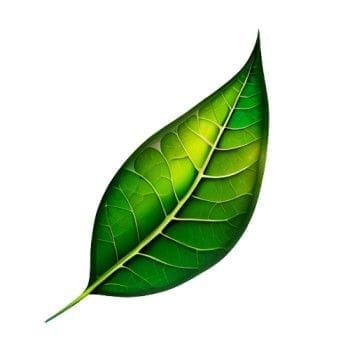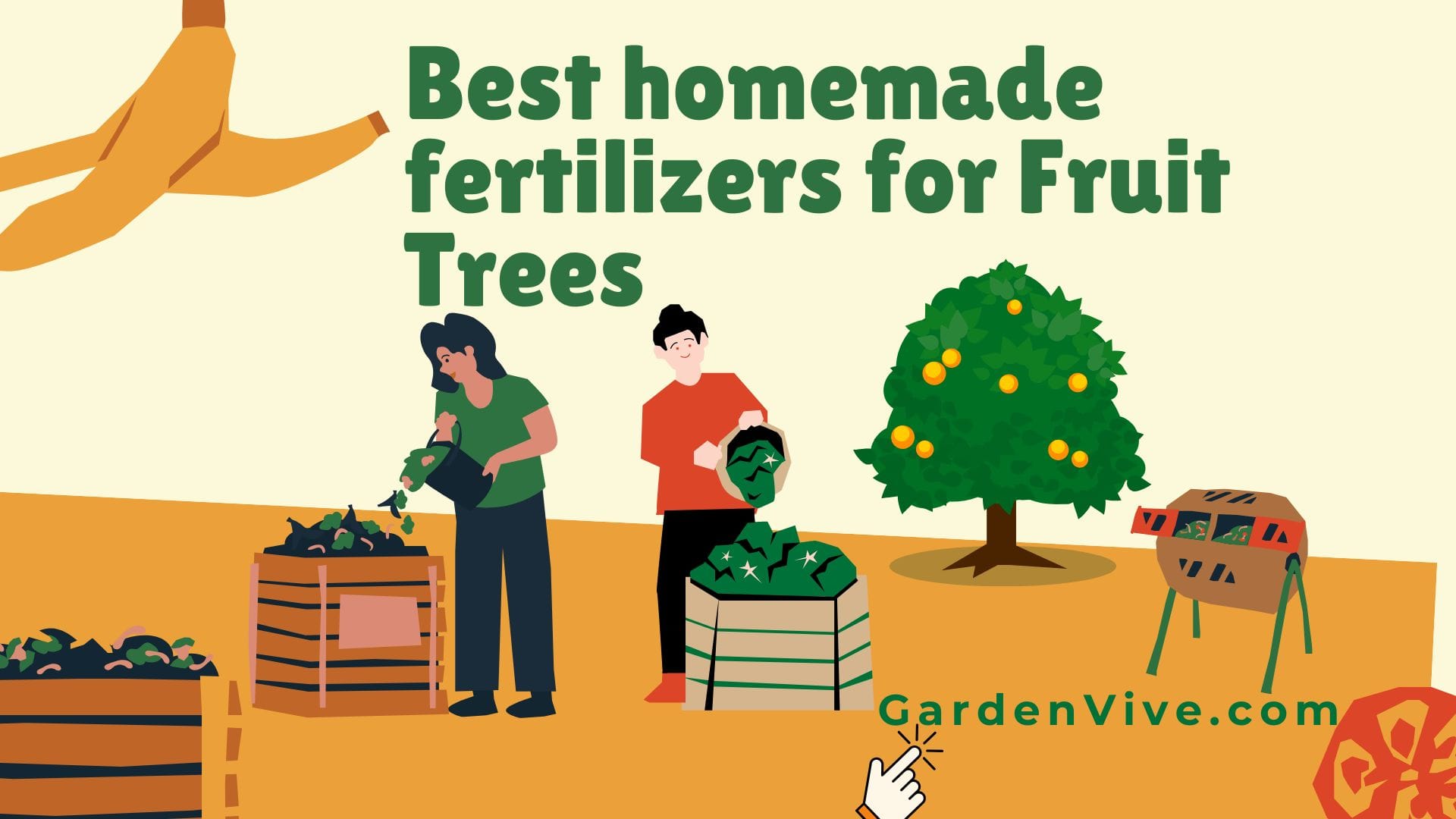
I have seen a lot of gardeners asking "What is the best fertilizer for this XYZ tree?" You can not answer it in a single line. And this is normal to ask if you are a beginner as a fruit tree grower.
We need to understand the growth stages of a fruit tree to fertilize it. A fruit tree has various growth stages. This comprehensive article will help you understand when to feed and what to feed your fruit trees (homemade).
I know there are many fertilizer products out there in the market for specific fruit trees. But my sole purpose is to help you grow healthy fruit trees saving your pocket by applying homemade fertilizer.
The fruit trees may have several growth stages:
- Dormancy
- Bud Break
- Flowering and pre-flowering
- Fruit Development
- Post Harvest
- Vegetative Growth ( For example, in a banana tree)
Fertilize a fruit tree is nothing but providing it essential nutrients. Fruit trees do not always demand the same nutrients in all their growth stages.
The first part of this article will cover the charts to help you understand what nutrient(s) you should provide your fruit trees based on their growth stage.
Then we will move to the next part which will cover how to make the fertilizers at your home (homemade fertilizer).
Note: If you are more serious about fruit tree fertilization, I have something special for you. A complete chart that will cover all the major fruit trees. ( You will find nutrient suggestions for each tree for each growth stage ) You can contact me by subscribing to this site.
Homemade fertilizer chart for fruit trees based on growth stages
| Growth Stage | Demanding Nutrients | Homemade Fertilizer | Frequency of Application |
|---|---|---|---|
| Dormancy | Balanced (N-P-K) | Compost, aged manure, or leaf mold. | Once at the beginning of dormancy (late fall or early winter). |
| Bud Break | Nitrogen (N) | Diluted urine (1:10 with water), coffee grounds, or alfalfa tea. | Every 2 weeks during the bud break phase. |
| Vegetative Growth | High Nitrogen (N) | Grass clippings, green manure, or chickpea water (soaked and strained). | Every 2-3 weeks throughout active growth. |
| Pre-Flowering | Phosphorus (P) | Bone meal, crushed eggshells, or banana peel tea. | Once or twice during the 2 weeks leading up to flowering. |
| Flowering | Phosphorus (P), Potassium (K) | Fish emulsion, banana peels, or compost tea enriched with bone meal. | Every 2 weeks during the flowering phase. |
| Fruit Set | Potassium (K), Calcium | Crushed eggshell tea, wood ash, or diluted whey. | Every 2-3 weeks until fruits are well established. |
| Fruit Development | Potassium (K), Magnesium | Banana peel compost, seaweed extract, or Epsom salt solution (1 tbsp/gal water). | Every 3 weeks during fruit development. |
| Mid-Season Growth | Balanced (N-P-K) | Vermicompost, compost tea, or fermented plant juices. | Once a month during mid-season growth. |
| Late Season/Pre-Harvest | Potassium (K), Low Nitrogen | Wood ash, banana peels, or diluted molasses water. | Every 3 weeks leading up to harvest. |
| Post-Harvest | Balanced or Low Nitrogen | Organic mulch, compost, or worm castings. | Once after harvest to replenish soil nutrients. |
| Stress Recovery (e.g., after pruning or pest damage) | Nitrogen (N), Micronutrients | Seaweed tea, diluted manure tea, or vegetable scraps compost. | Every 2 weeks until the tree shows signs of recovery. |
| Root Growth Boost (at planting or replanting) | Phosphorus (P), Potassium (K) | Mycorrhizal fungi inoculant, bone meal, or diluted fish emulsion. | Once during planting or replanting. |
Note: Some of the growth stages can be found on some specific fruit trees only. For example, some trees do not show dormancy in tropical climates.
In dormancy, I usually suggest not to feed your plant and trees. But that is mostly for chemical fertilizers. For organic homemade fertilizer, you can follow the above chart.
Now you might be thinking that's a good chart. But hey wait! I have yet to tell you how to make those fertilizers at your home.
How to make homemade fertilizer for fruit trees?
In the above chart, there are lots of homemade fertilizers. Now, I will explain how you should make those at your home.
If I start explaining each of those homemade fertilizers and the application process it will become a really long article. Thus I will try to keep it simple and short.
Compost - for dormancy
There are different types of composts you can make for your trees. For the dormancy phase, it is best to mix greens with browns.
Let me explain this!
- Greens are nitrogen-rich (but maintain a good balance of N-P-K): Vegetable scraps, fruit peels, coffee grounds, and grass clippings.
- Browns are carbon-rich: Dried leaves, straw, cardboard, shredded newspaper.
Make a layer of browns and then add greens on top of it. You can now continue alternating layers.
Keep the pile as damp as a wrung-out sponge. You just need to add water when you see the pile dry.
Turn the pile every 1-2 weeks. This will help you to mix the materials with ease. ( You can use any container to make it easier )
Note: It can take 2 to 6 months to break down and it depends on what materials you are using to make the pile.
When you notice it becomes dark, crumbly, and has an earthy smell, it is ready to use.
Isn't that easy?
Aged Manure
Aged manure is nothing but decomposed animal waste. That means it loses its strong smell as well. (won't burn plants)
To prepare this at your home you can follow the below steps:
- Collect fresh manure from herbivores like cows, horses, sheep, chickens, or rabbits.
- Spread on any paper sheet or cloth or plastic sheet (try to make a thin layer)
Tip: Mix with straw or sawdust. It will increase the aeration. (Good for the manure layer)
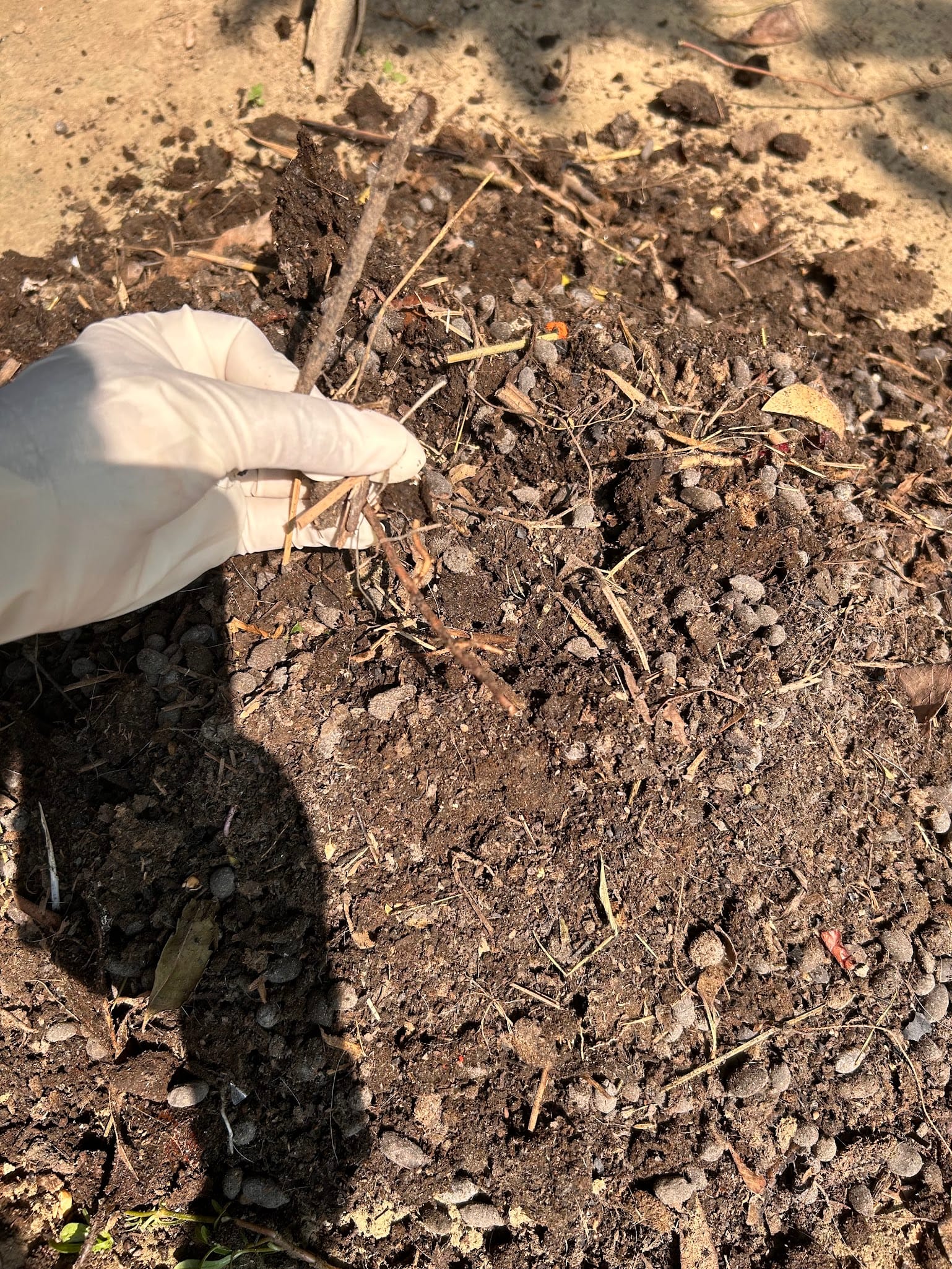
Now you just have to wait for 3 -5 months. That's all.
If you are not lazy, you can turn it twice a month. It will increase the decomposition speed.
When you find it crumbly, odorless, and dark brown, you are done!
Note: If there is any plastic or other unnecessary matter, you have to remove those.
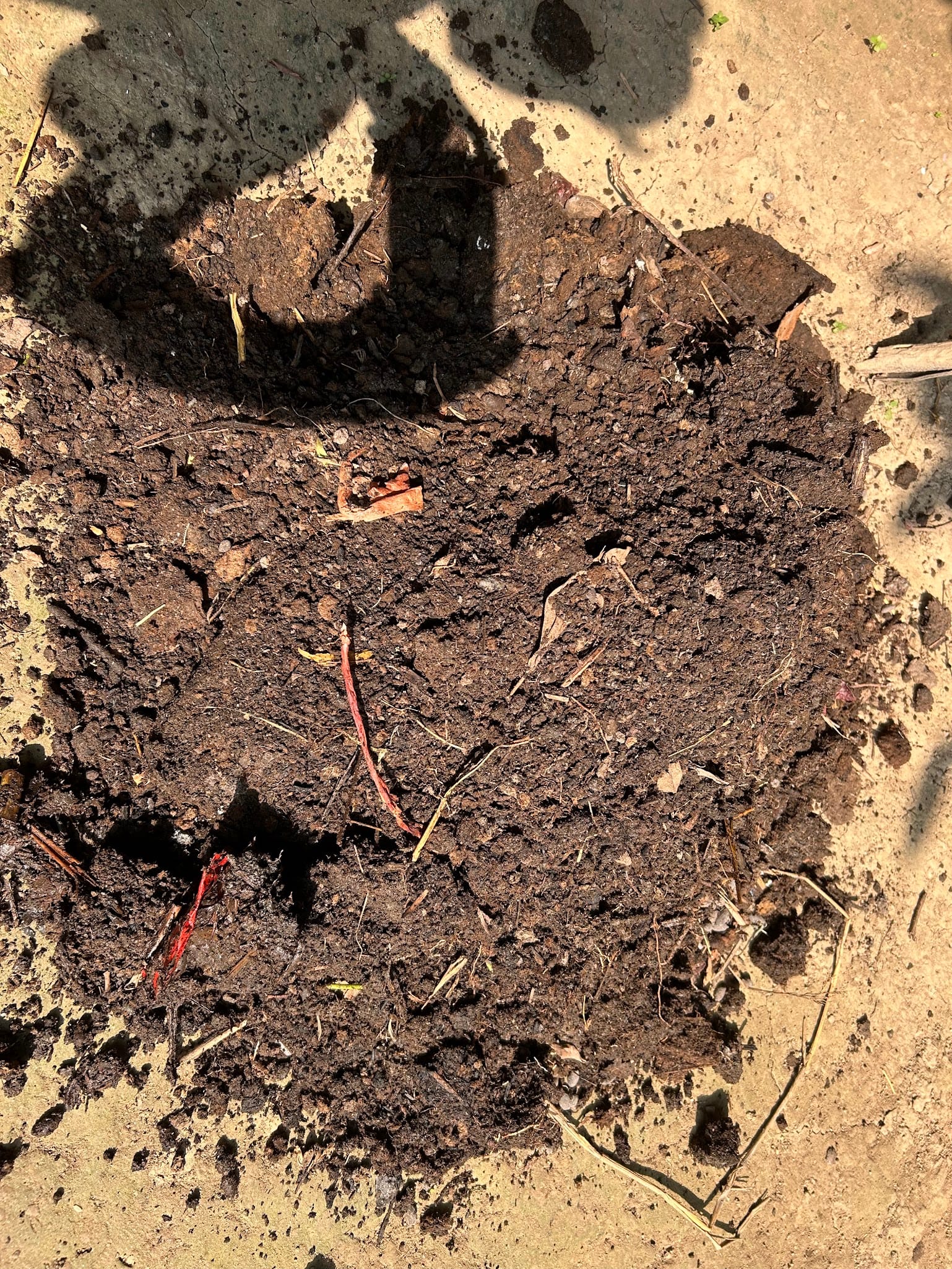
Leaf mold for your fruit trees
This is the easiest fertilizer to make for your fruit trees.
Mother nature can create this fertilizer on its own.
In forests, you can see leaves falling on the ground in the fall season. Naturally, they become part of the soil with time. This is what you need to make at your home.
Note: we are not making compost out of greens now. No need to collect fresh green leaves.
In the fall, you can see a lot of brown leaves under the trees. Rake leaves in the fall and shred them if possible for faster decomposition.
Do not pick infected or diseased leaves. ( Avoid fungal-infected or rust-affected leaves )
You can either create a heap in your garden or load the leaves in black plastic bags (make a few holes for air circulation).
Add water to the heap when the leaves are dry.
Now a long wait period. It can take 6 to 12 months and it will become your fruit tree fertilizer. (The duration depends on which leaves you are using, the humidity, and temp.)
Wondering how to know if the leaf mold is ready or not? Leaf mold is ready when the leaves are dark, crumbly, and have a soil-like texture.
How to use diluted urine as fertilizer for fruit trees
There is a high concentration of nitrogen in urine. You need to dilute it before you use it as a fertilizer for your fruit trees.
Collect fresh urine in a bottle. Add 1 liter of urine to 10 liters of water. This is how you should dilute the urine.
For young plants, you should increase the water volume to dilute it more.
You can maintain this ratio for established trees.
You can pour the diluted water into the soil.
Make sure the drops don't fall on to the leaves or foliage your tree.
Coffee grounds
Coffee grounds hold Nitrogen in it majorly and small amounts of phosphorus and potassium can be found.
Note: Do not use fresh/unused coffee grounds to make this fertilizer. They are too acidic. This is why I love applying coffee grounds on the plants that needs a slight acidic soil.
This is how you can make use of coffee grounds to fertilize your fruit trees:
Collect used coffee grounds from your kitchen or a local café.
Now, you can use the coffee ground directly, or you can also add it to your compost pile.
To use coffee grounds directly, sprinkle coffee grounds around the base of the fruit trees. Make sure you sprinkle at least 6 to 12 inches away from the trunk.
Cover the coffee grounds with a thin layer of soil. That's all.
Grass clippings
You can collect fresh grass clippings to make compost out of grass. I often use slightly dried grass clippings.
Now, spread a thin layer around your tree base. That's all you need to do.
Have you noticed, I just skipped how to make compost from it?
Grass clippings naturally become compost on the soil (and provide high nitrogen to the soil) and they don't take a long time as leaves.
Reapply every 2-3 weeks as the grass clippings decompose really fast.
One thing I like the most about this homemade fertilizer is: they will suppress the weeds around the base of your fruit trees.
Do not take grass clippings from lawns gone through recent pesticide applications.
How to use Banana Peels to fertilize fruit trees?
You can use banana peels for your fruit trees directly as well as peel tea.
I use banana peels when my fruit trees demand potassium or phosphorous.
Take banana peels. Cut the peels into 1-3 inches pieces. Dig a shallow hole or trench near the fruit tree trunk. ( 6 -1o inches away)
Now, put the peels inside the hole and cover them with soil. The peels will decompose naturally.
You can apply this once a month from the pre-flowering stage to the fruit development stage.
Want to know how you can make a liquid fertilizer out of banana peels?
Cut the banana peels into pieces. Take a bucket of water. Put the pieces inside the bucket. Let the mixture steep for 3-5 days.
3 to 4 banana peels in 1 gallon of water will be a good-to-go ratio.
Strain the liquid and dilute it 1:1 with water.
You can pour this liquid fertilizer 1 to 2 times a month around the base of your fruit tree. This can be applied as foliar spray too. (spraying on the leaves)
To make banana peel compost, follow the first composting guide and add banana peels to the pile.
If you have a vermicompost bin, you can make vermicompost. But it's not that easy. Will create a separate article on making vermicompost. You can subscribe to this site to get updates.
Homemade fertilizer recipe chart
You can check the below chart:
Note: On mobile device or small screens, the texts inside the below chart might not be visible well. I have added the PDF file at the end of this article. You can download that and view larger chart. The file is printable as well.
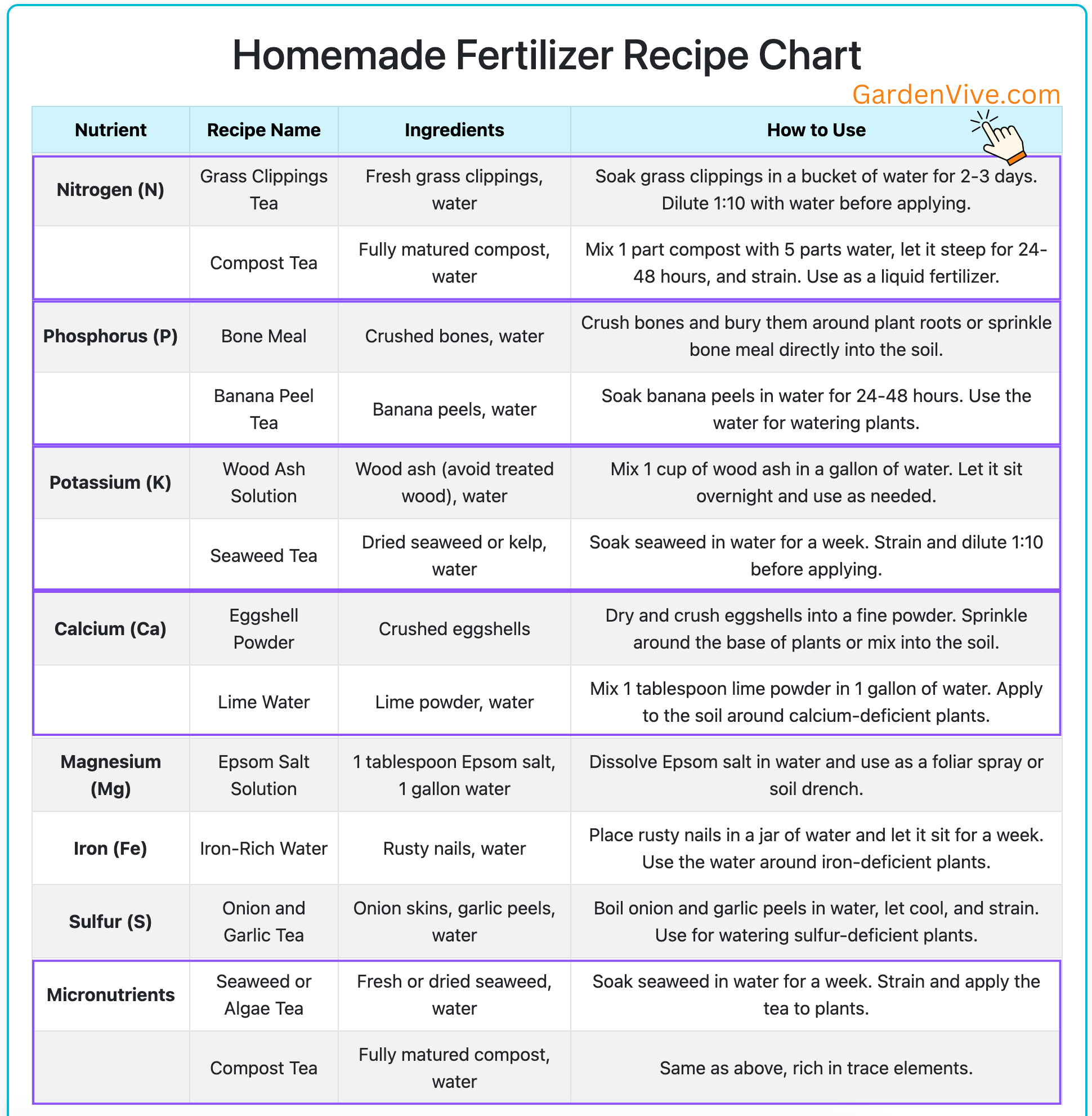
Subscribe to this site to help me write more gardening tips. Facing any issues making these fertilizers? Drop your query in the comment, and I will respond.
If you want to see the pictures of my fruit trees you can check: Fruit trees to grow in Florida.
